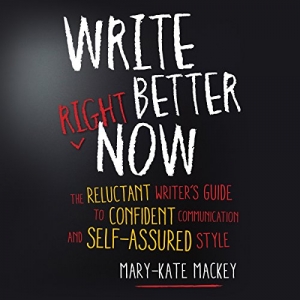All You Have to Do is Blog

According to the 1-800-GOT-JUNK commercial, when you want something removed from your home or yard, “All you have to do is point” As a blog content writer, I love that commercial.
“Persuasive ads are advertisements designed to elicit a desired action,” Mary Lister writes in Wordstream. Ad campaigns for products or services are designed to communicate two main ideas:
- Problems your product or service solves
- Ways your product or service does that better/quicker/cheaper than that of your competitors.
Confession – for me as a consumer, there’s always been a third piece. I’m not handy. And, since I don’t know how to assemble, much less fix, mechanical devices or pieces of furniture, I’m always looking for what’s going to be required of me in the process of achieving a solution to my problem or fulfilling my need.
The 1-800-GOT-JUNK motto must have been made for people like me. Right up front, they’re assuring me that they will handle the issue, do the dirty work, figure it out. All I have to do is identify the problem.
All business owners and practitioners have products and services to sell. But sometimes, the marketing and advertising skips over the convenience factor.
A little over ten years ago, an editorial cartoon in the Indianapolis Business Journal showed a harried lady returning a gadget to a merchant’s Returns window. “It’s not that I don’t like the product,” she said – “I just can’t get it out of the package!”
- Yes, you understand your target audience and the specific problems they’re facing.
- Yes, your product or service provides a way to solve those problems.
- Yes, your product/service compares favorably to others on the market.
- Yes, but…but…but, just how much effort am I going to need to expend to “get it out of the package”?
Put yourself in the shoes of your online visitors:
How easy is it for them to navigate your website? Follow your Calls to Action? Set up an appointment with you? Pick up the phone and call if they choose to? (Is your phone number clearly displayed on the page?)
How easy is it going to be for a prospect to: get started on that program you’re touting? Start on the diet plan? Install the app or get the device to function?
Let them know – “all you have to do is…….._!
Borrowing the line from 1-800-GOT-JUNK, blog marketers’ new mantra might well be this:
All you have to do is blog!





Follow us online!